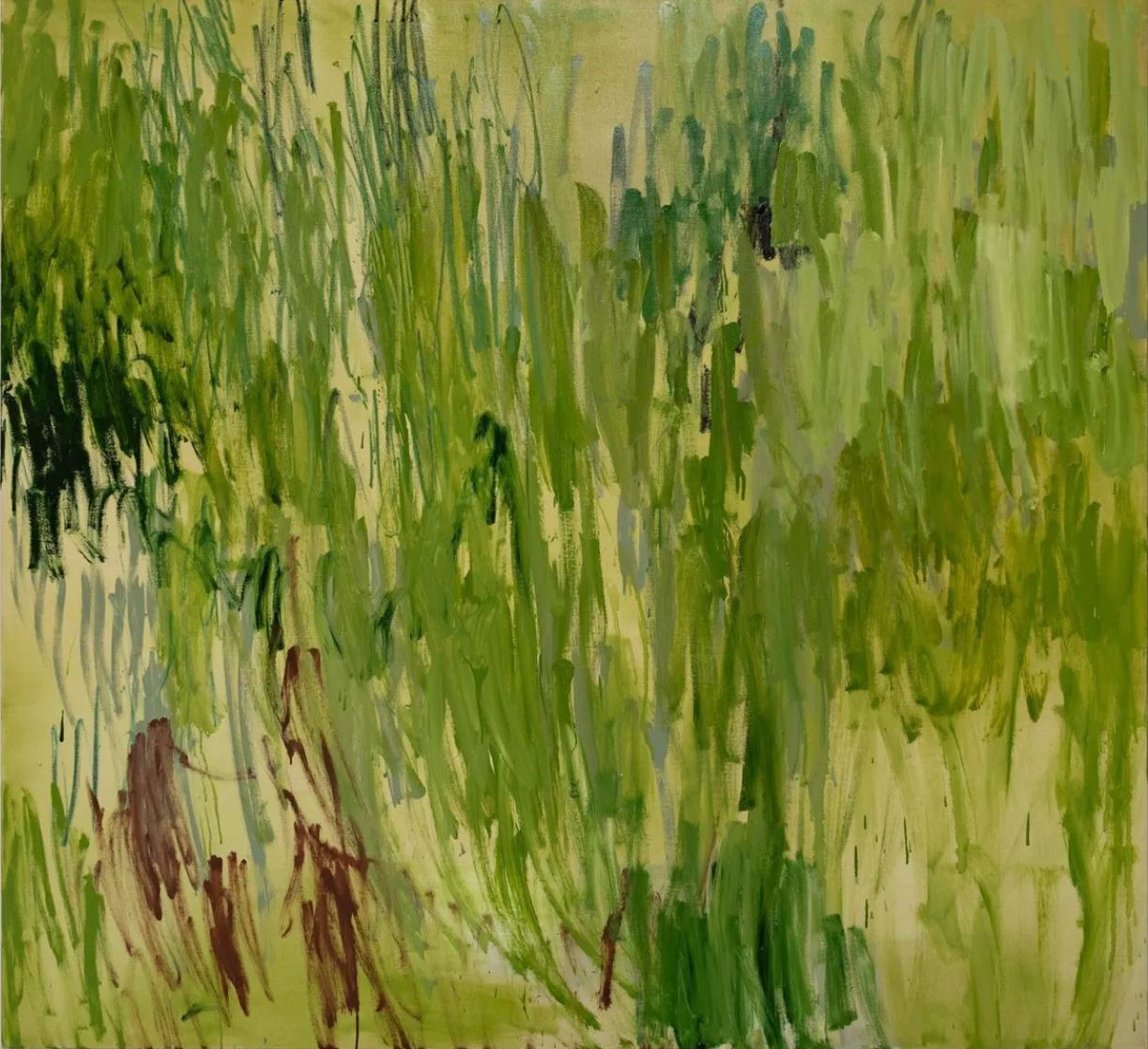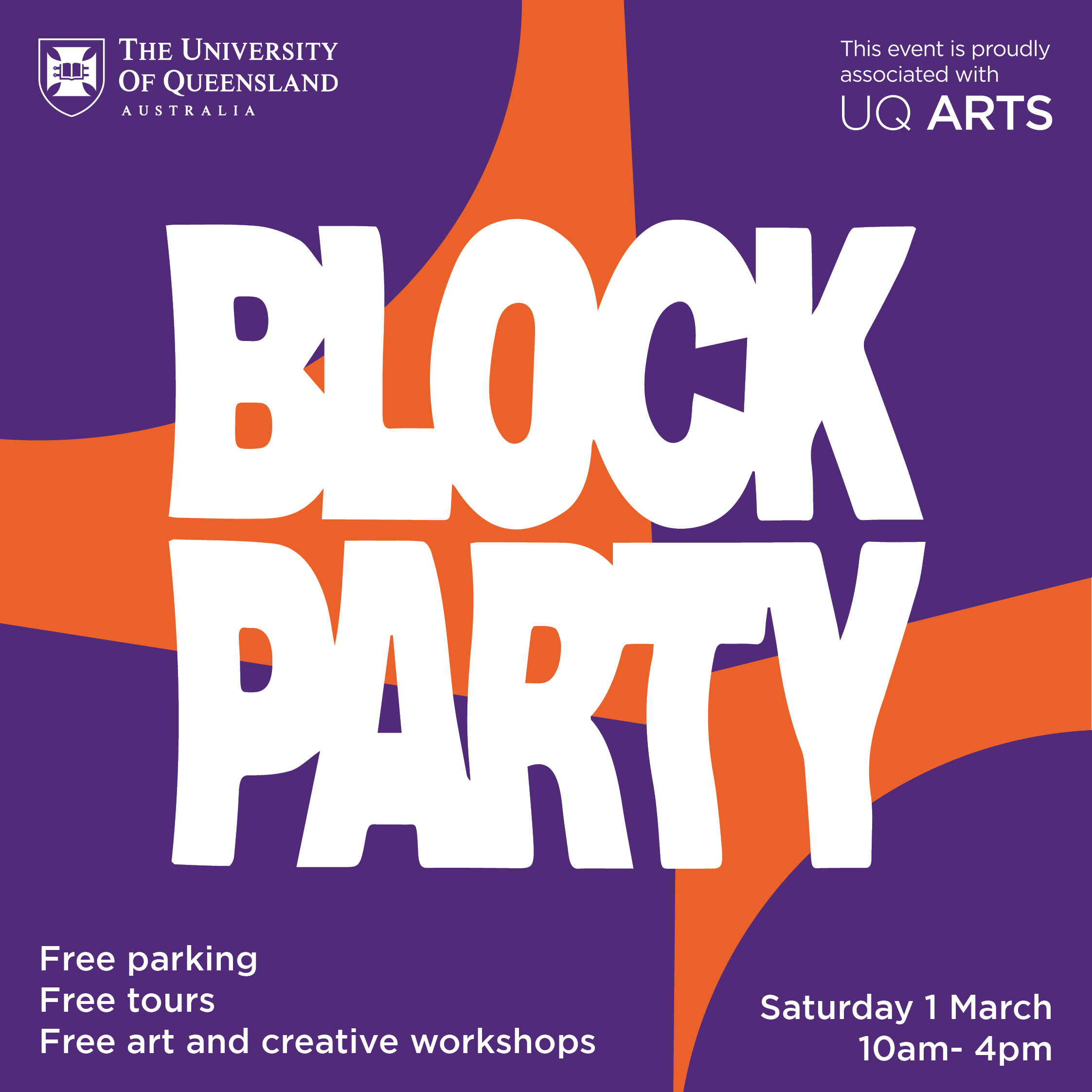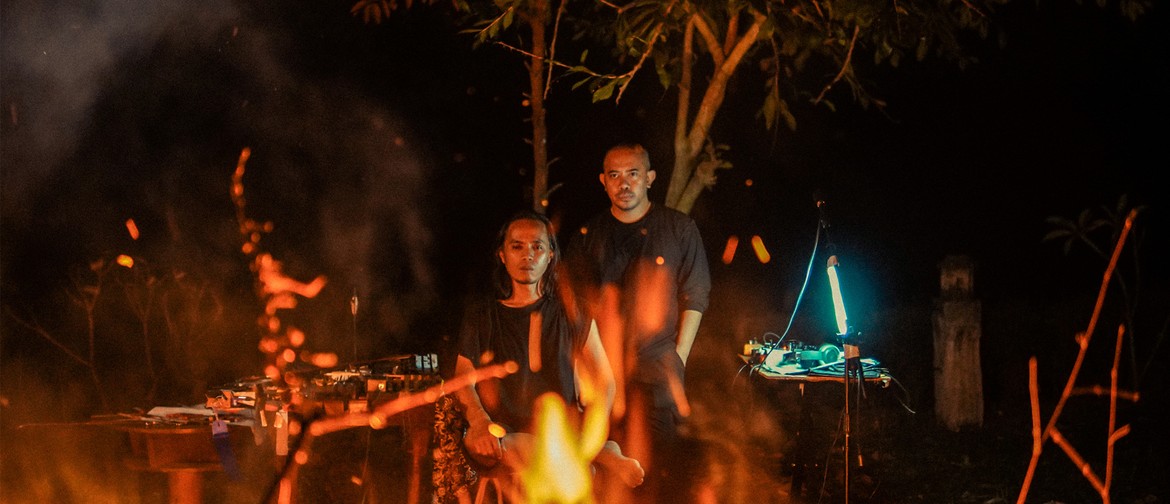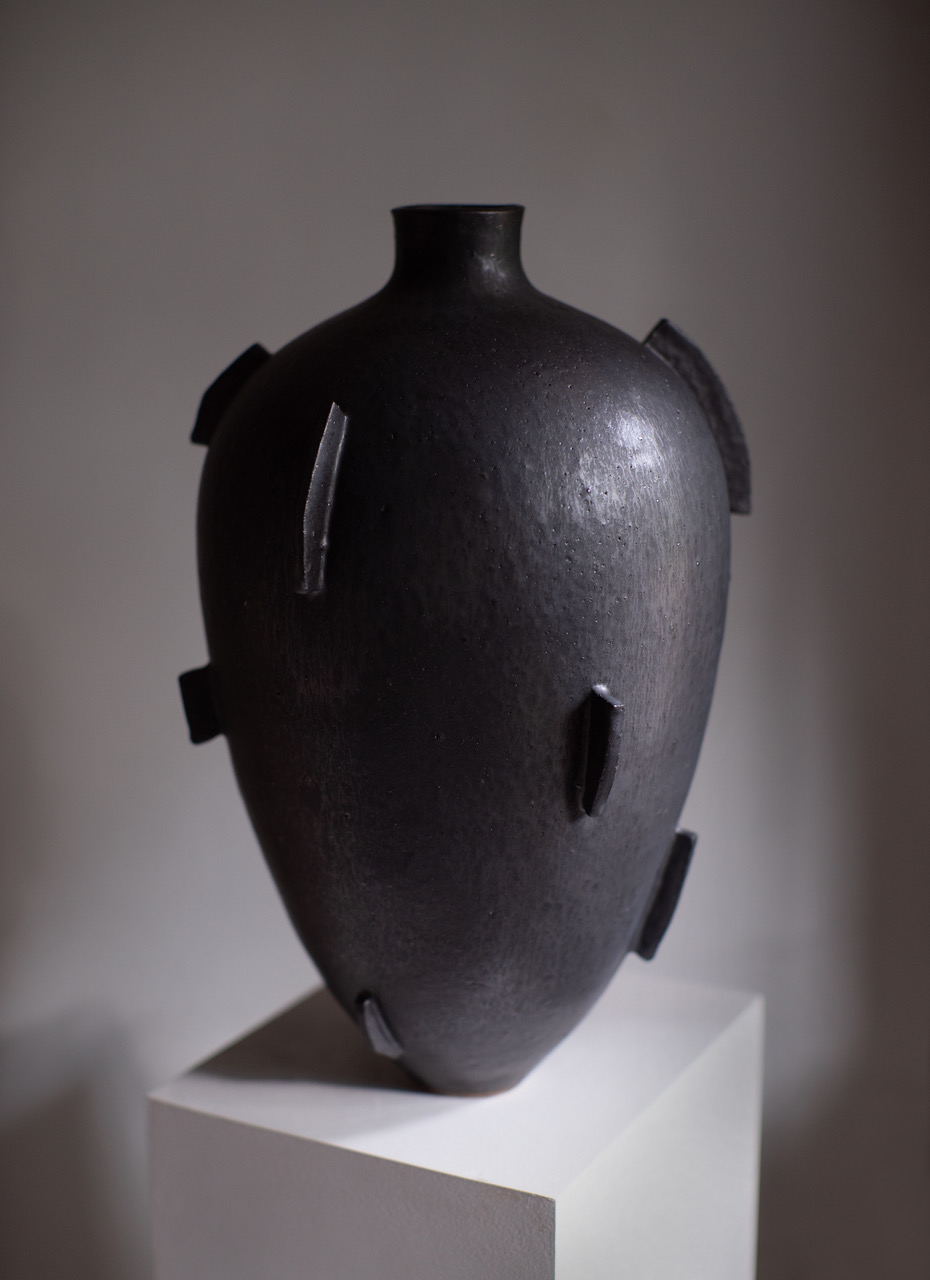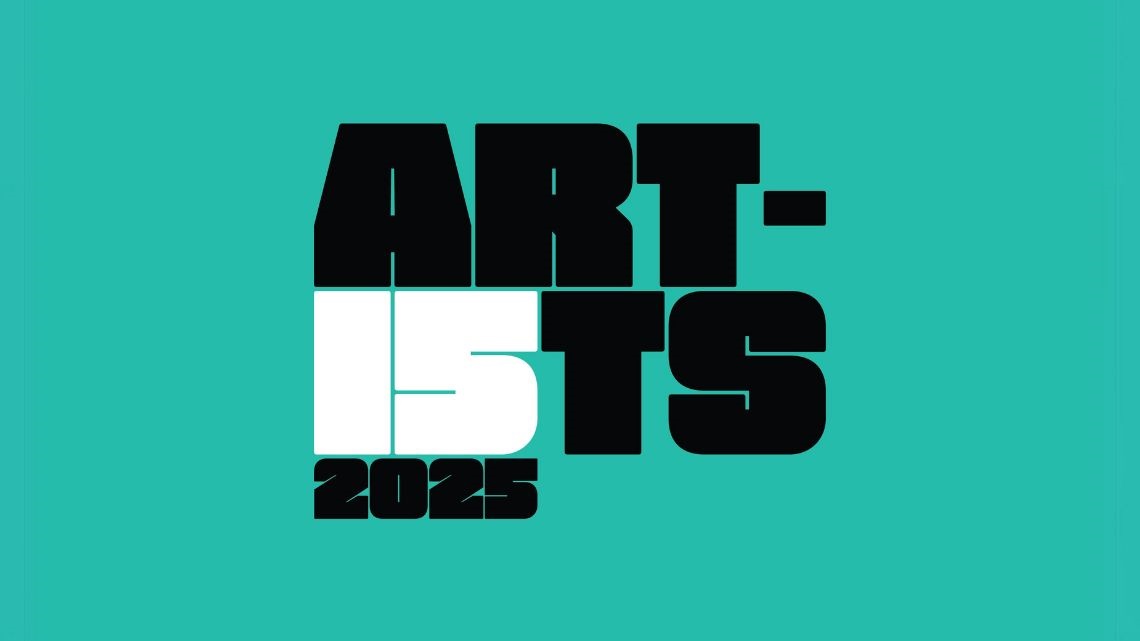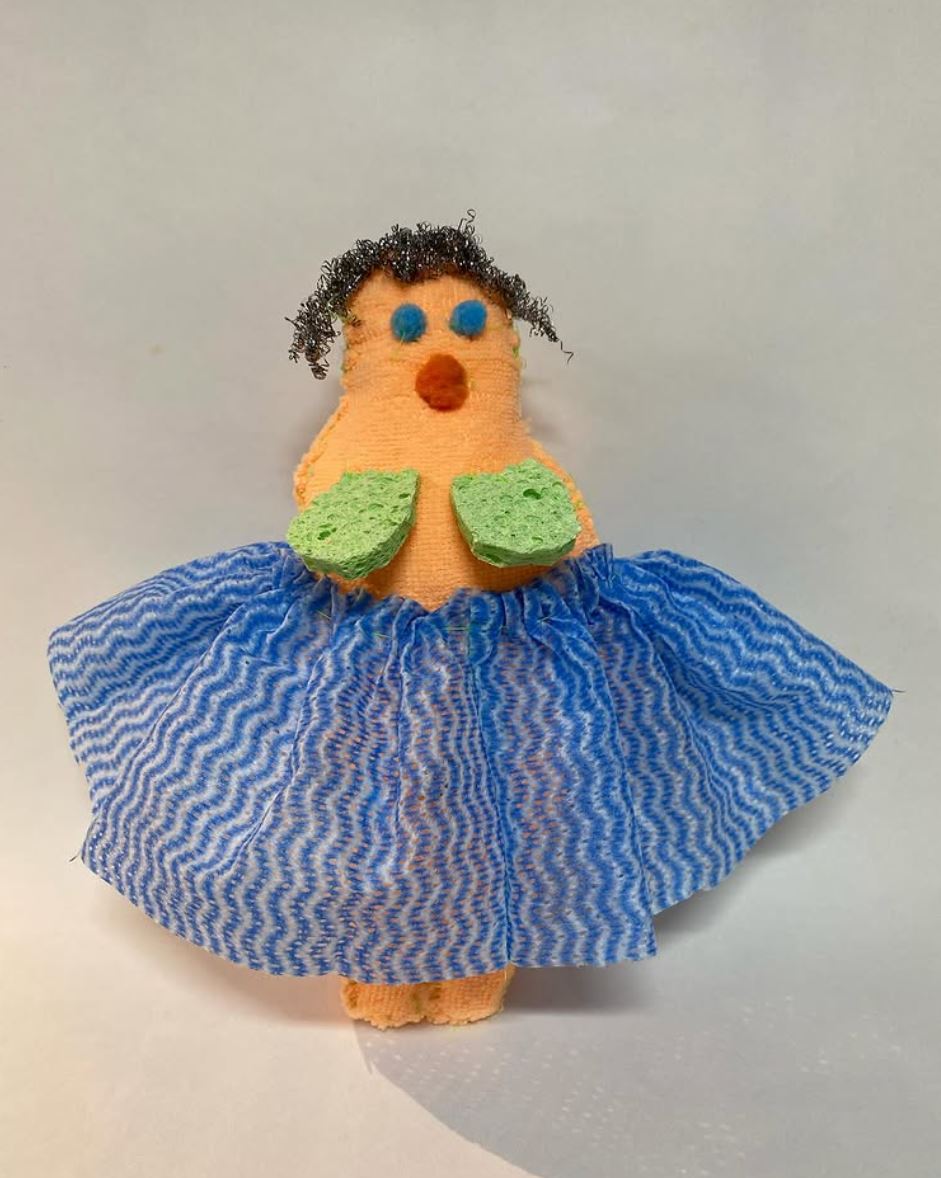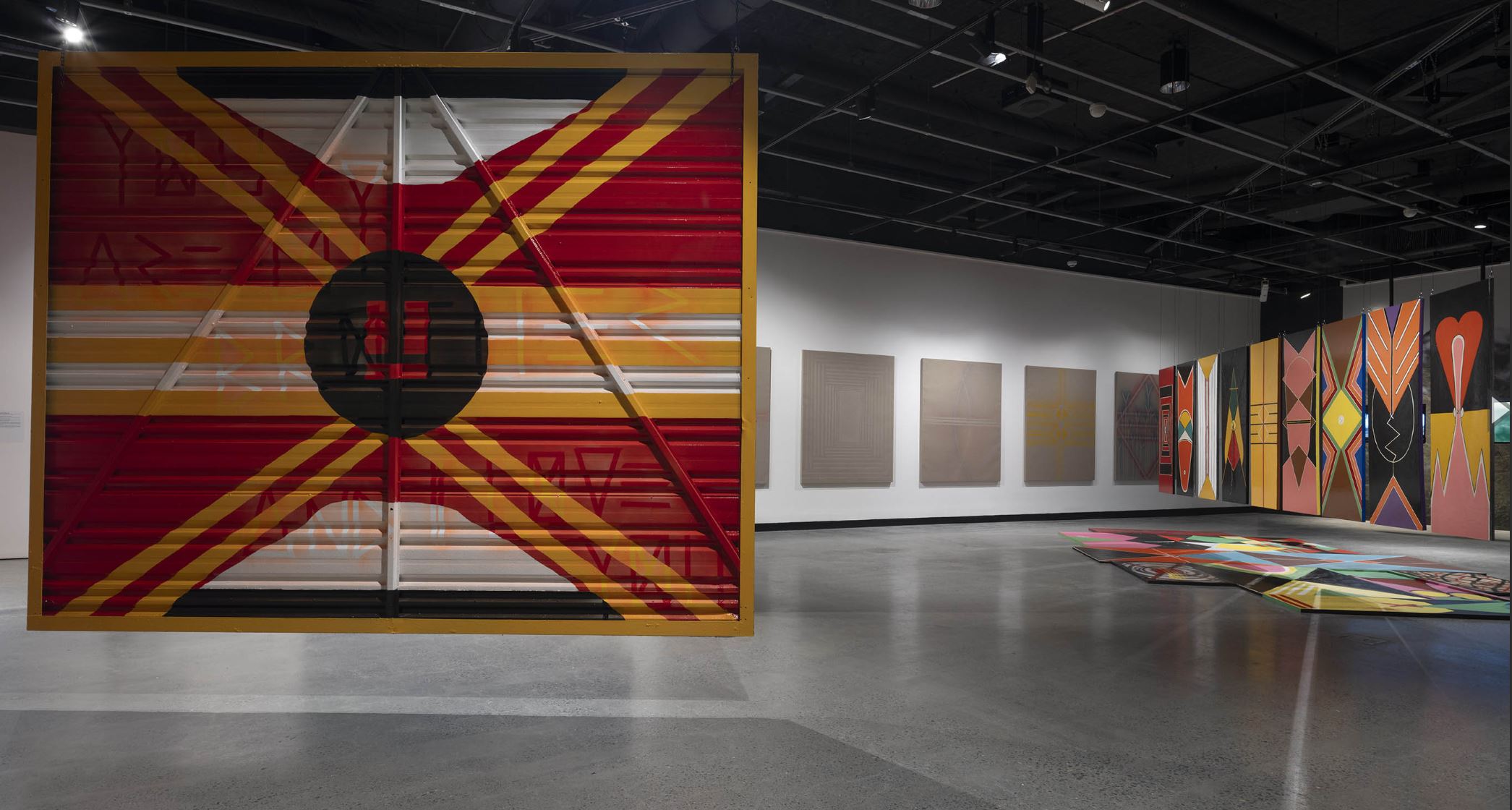
Born in Liverpool during the post-Beatlemania counterculture of the 60s, Ray Coffey realised he might have a talent for drawing when, aged eight, a schoolmate accused him of getting his dad to do his artwork for him. Entirely self-taught, he became a commercial artist at 17, and took his early love of European comic drawings to the world of computer game design. Twenty-five years later, after emigrating to Australia, he decided to change direction and follow a long held dream to be a fine artist. A slew of awards and finalist berths later, including the National Works on Paper, the Black Swan Prize and the Sunshine Coast Art Prize, you’d have to say the risk paid off.
Today, portraiture is Coffey’s preferred genre, though his easy fluctuation between hyperrealism and surrealism has led him to a subgenre of entirely his own making. Freakishly talented, he differs from most hyper-realist artists in that he free draws all of his portraits rather than utilising projections and tracings. Attracted to character over beauty, he has no interest in perfect faces, opting instead to draw subjects others might overlook, or not dare to consider. The result is a signature portrait style that elevates the downtrodden and afflicted to positions of respect and self-possession, quietly communicating to his audience that everyone is worthy in his eyes.
His Homeless Series, several of which are included in this showcase, is indicative of the work Coffey seeks to create. An exploration of the situations that might lead to a life on the street, each portrait depicts a resident of Brisbane’s 139 Club (a refuge and drop in centre for the city’s homeless) which, along with the accompanying story, humanizes and dignifies a much maligned group within society.
Coffey’s role in documenting each sitter’s story is important, but it is when he looks beyond their current situation to imagine them as stars in impossible worlds – surreal and mythological – that his work really comes to life. It is the sort of work that couldn’t possibly be created without deep reflection on determinism and twists of fate, how causation rules destiny, and the sort of genuine empathy for fellow humans that allows alternative endings to be imagined.
His mammoth work Samuel the Addict, recently named a finalist in the 2016 National Works on Paper, is one such portrait. Samuel, a thief who broke into many houses including Coffey’s, is portrayed floating through space, a golden sphere representing the addiction he is chasing down. But it could just as easily be the Man in the Moon, or a wise old spirit chasing the sun, such is the pathos with which it’s drawn.
Now, having completed his most recent work, an immense self-portrait titled Propaganda, he appears to have turned this intense exploration inward. The title suggests he’s examining his own rhetoric and egotism, though propaganda is the last thing you think of when you meet him. When it comes to Ray Coffey, I don’t mind saying that I reckon this guy is the real deal.

